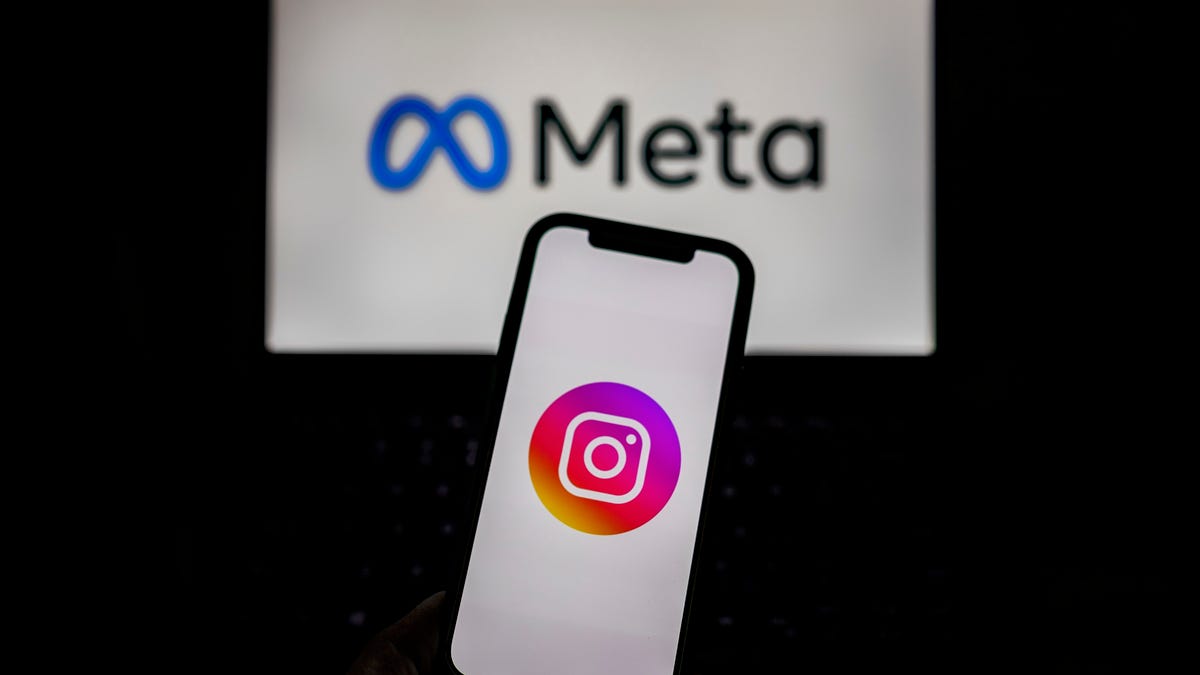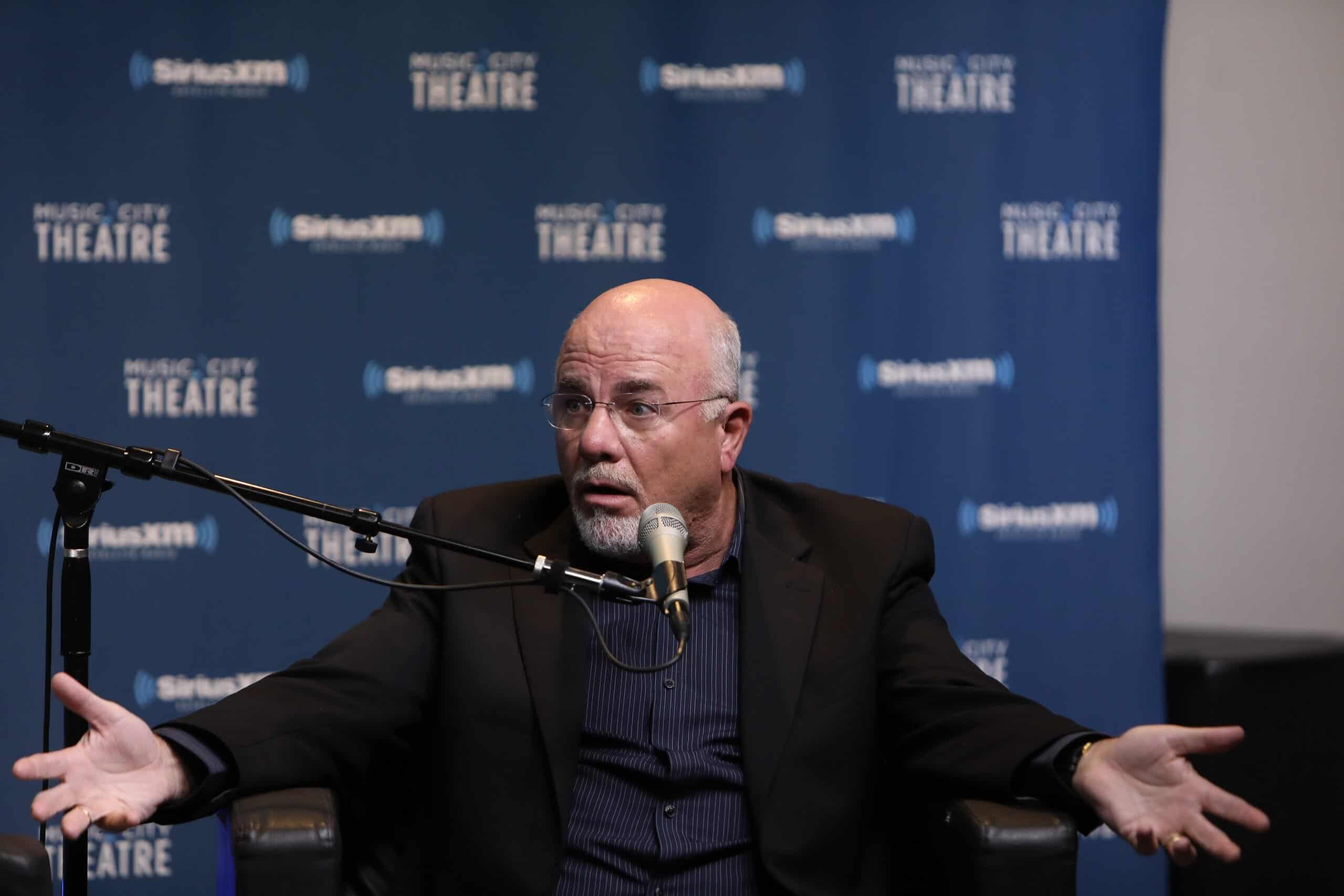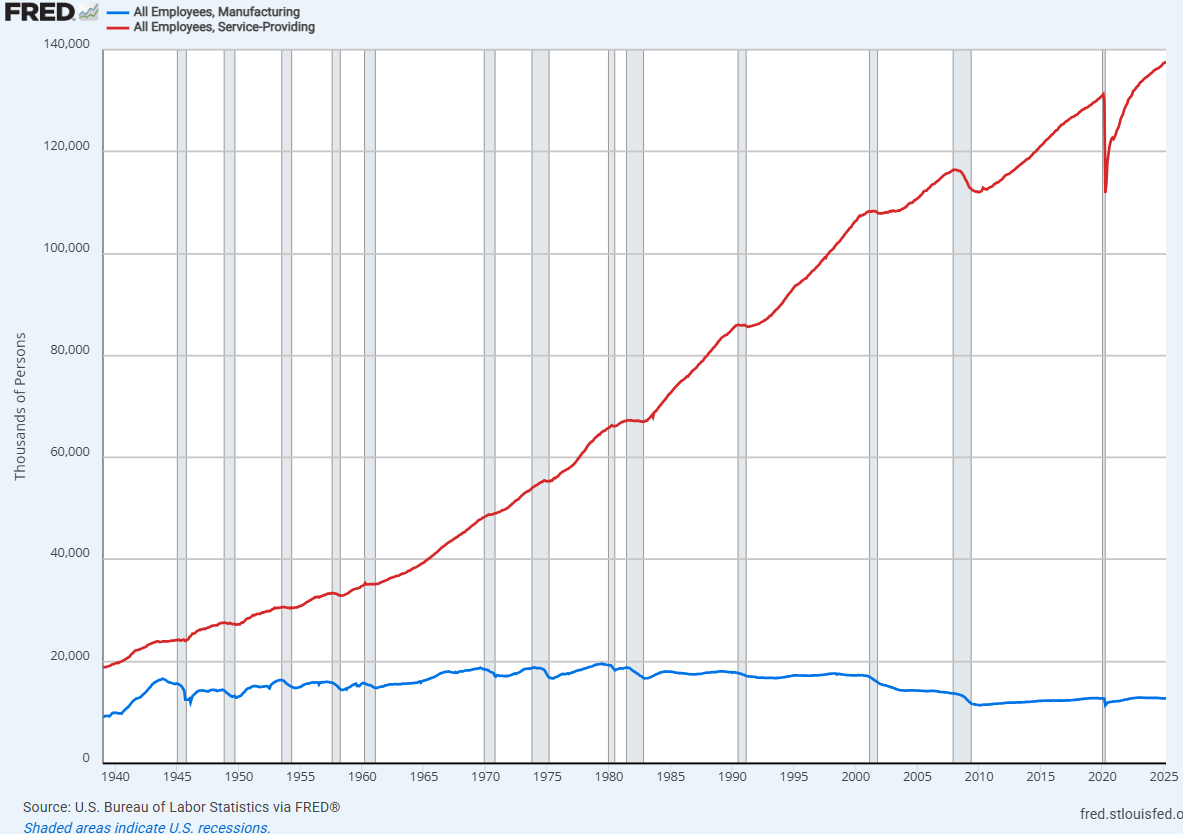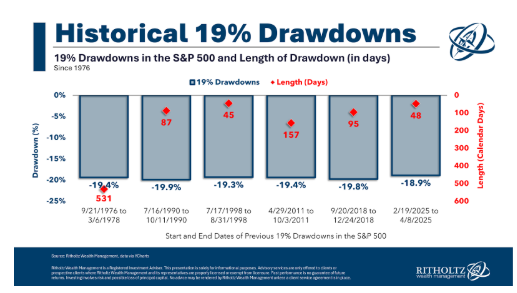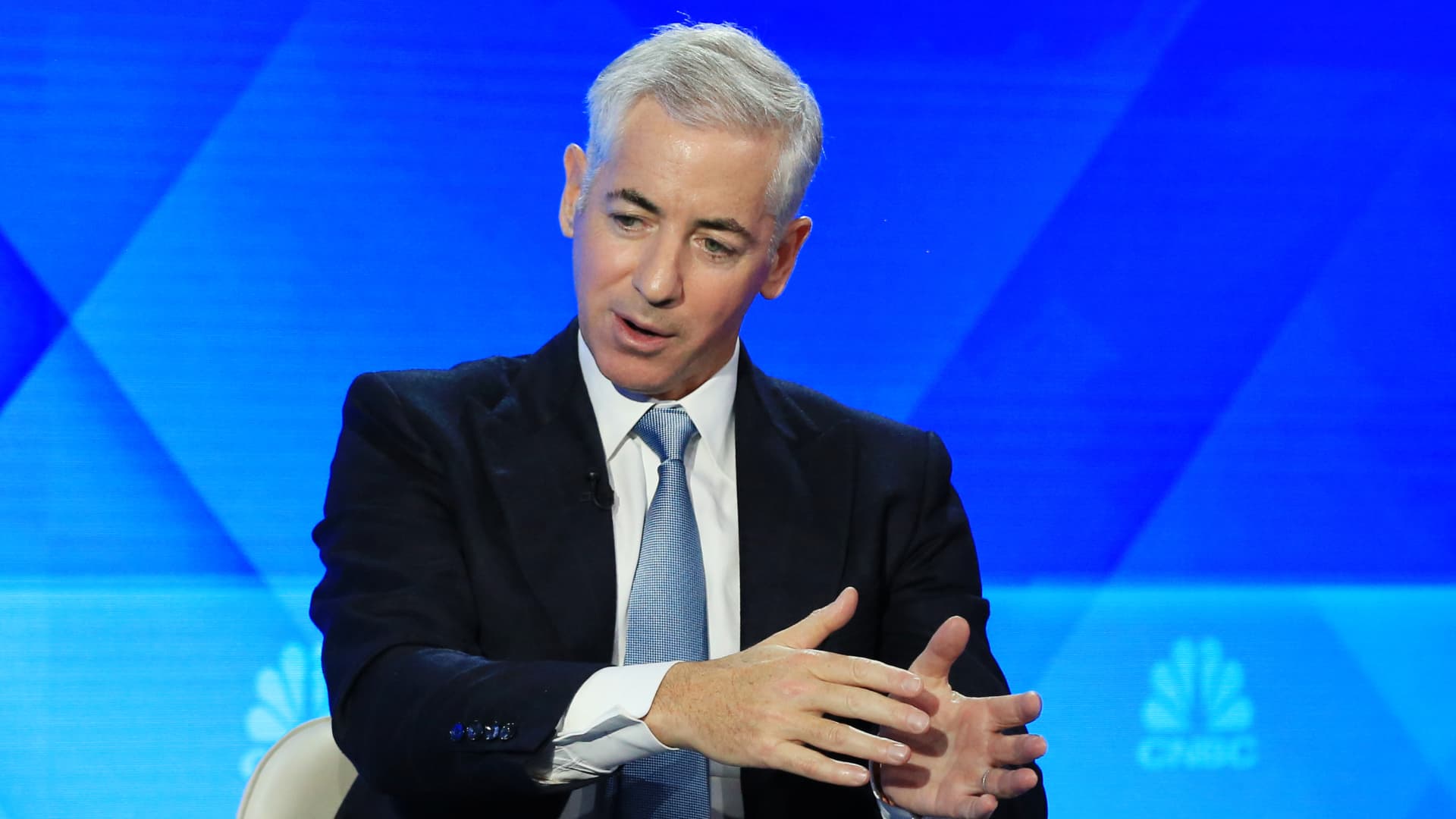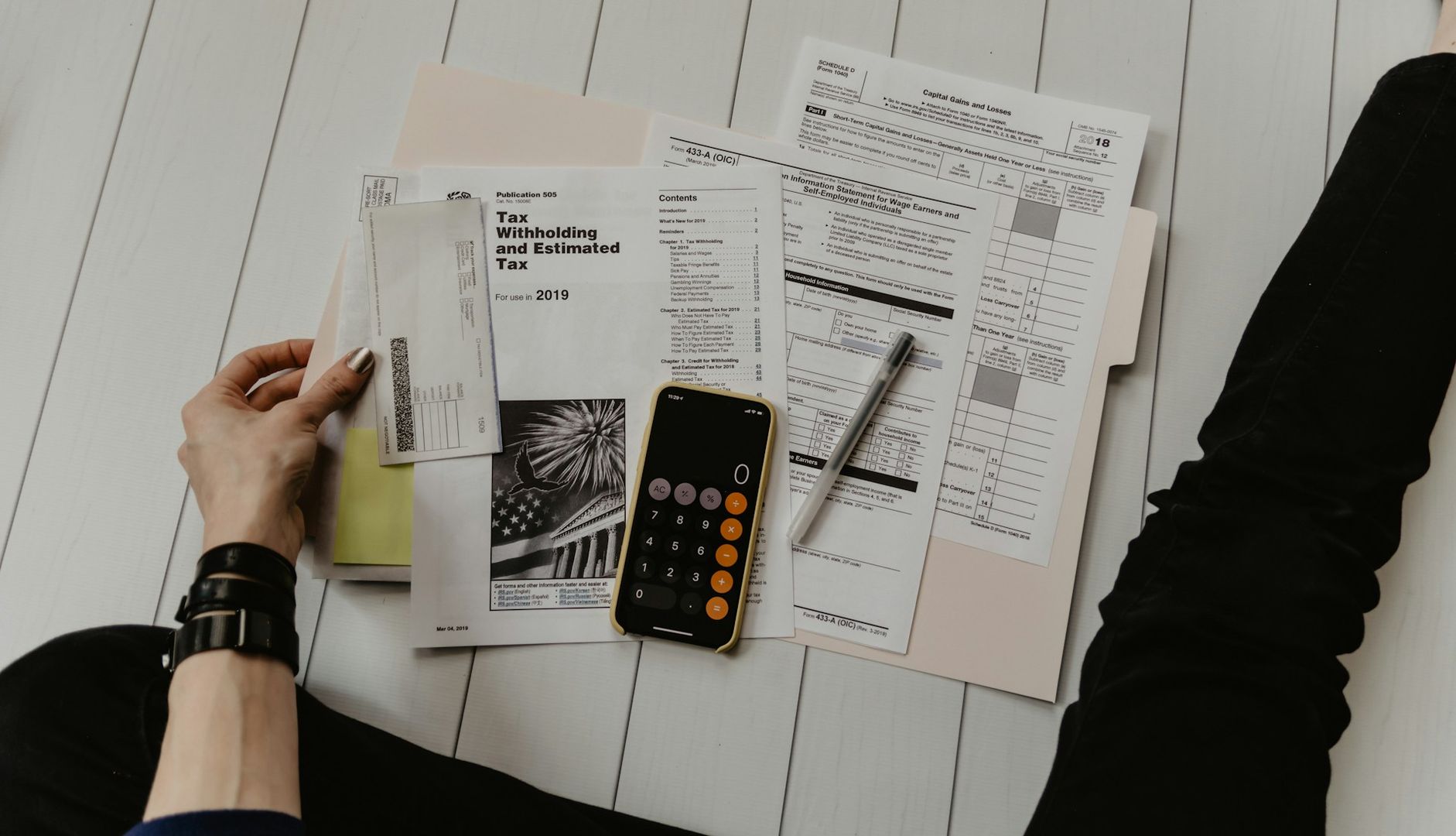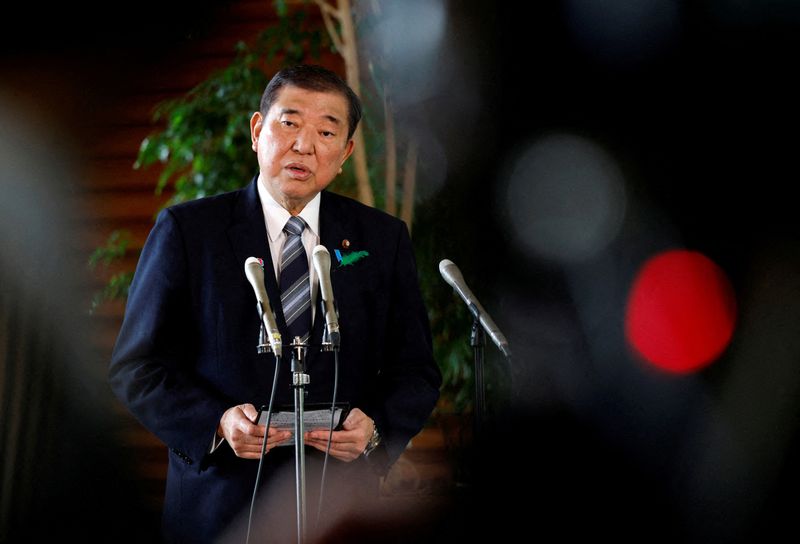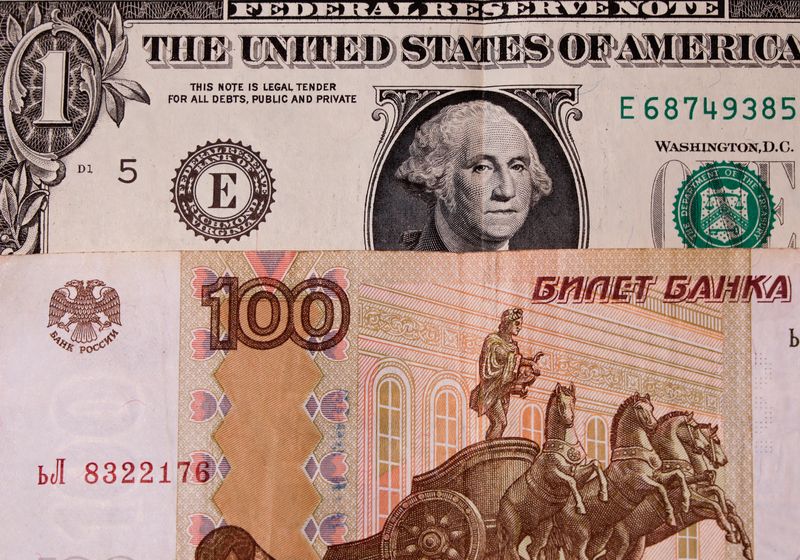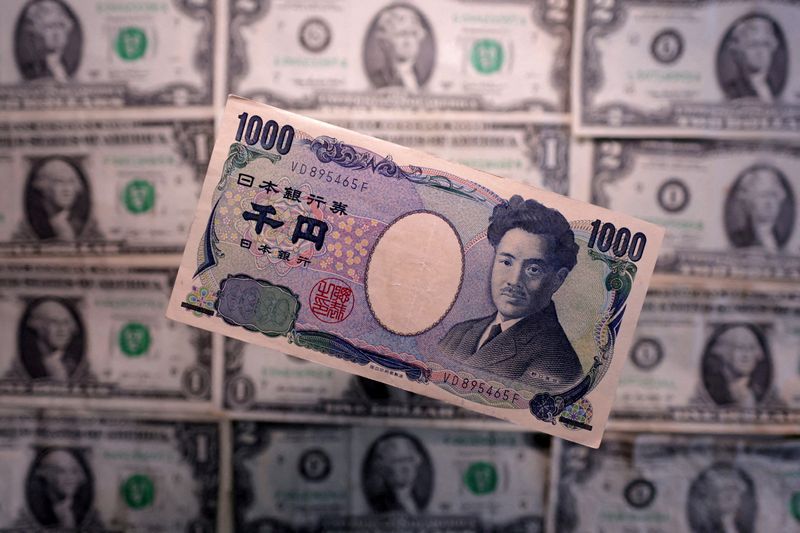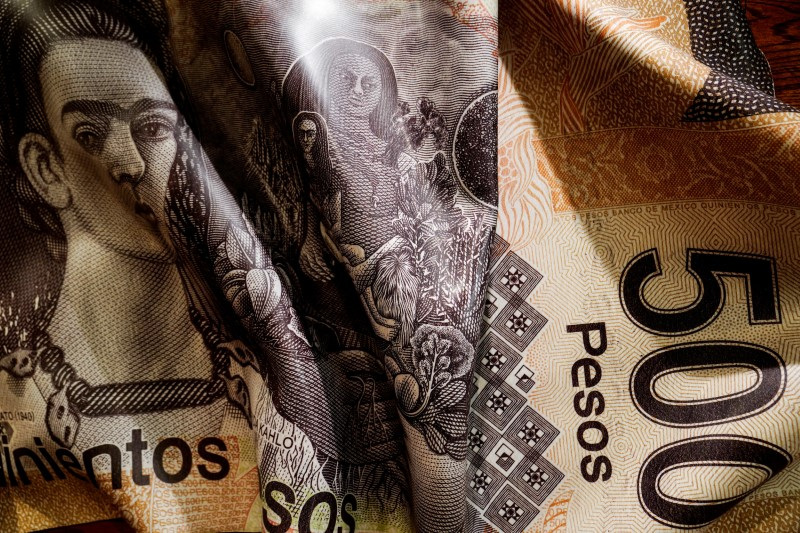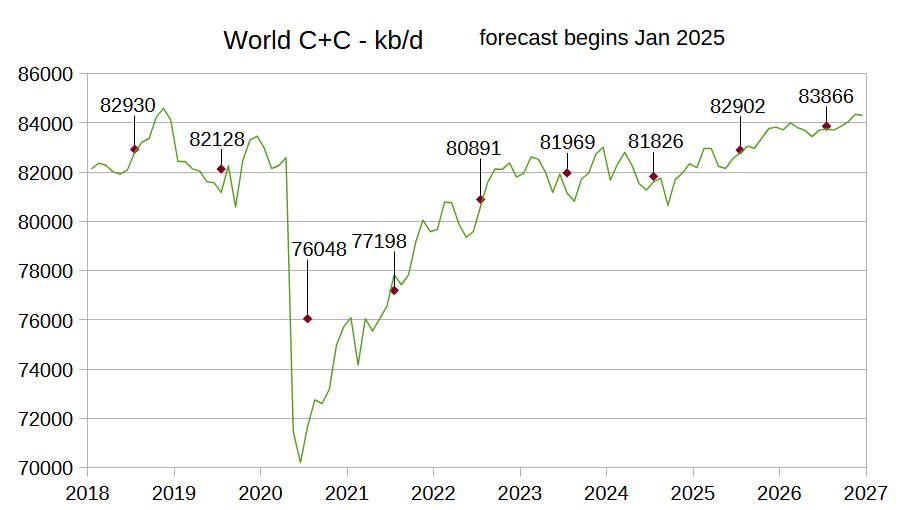Want to Save Money? How the Japanese Budgeting Method Kakeibo Can Help
Have you ever looked over the previous month’s bank statement and marveled at how quickly your money disappeared? If so, cut yourself some slack. Life gets busy, and money management sometimes feels like a full-time job. There must be a more straightforward way to keep your finances straight. And that’s where Kakeibo budgeting comes in. […] The post Want to Save Money? How the Japanese Budgeting Method Kakeibo Can Help appeared first on 24/7 Wall St..

Have you ever looked over the previous month’s bank statement and marveled at how quickly your money disappeared? If so, cut yourself some slack. Life gets busy, and money management sometimes feels like a full-time job. There must be a more straightforward way to keep your finances straight.
And that’s where Kakeibo budgeting comes in. In 1904, Hani Motoko, Japan’s first female journalist, designed a budgeting plan incorporating mindfulness and spending. You may end the month with less money than expected, but you’ll know precisely when and why that money was spent. Here’s how Motoko’s system works.
(Key Points)
Kakeibo budgeting, step-by-step
Step #1: Get a ledger
Find a journal or notebook you can dedicate to your monthly budget.
Step #2: Figure monthly income
On the first day of each month, write down your total expected income for the month.
Step #3: Set a savings goal for the month
Determine how much you want to save for the month and write that number down.
Step #4: Create spending categories
Step #5 calls for you to track expenses, but first, you want to create four separate spending categories. You can do this any way you prefer, but it may look something like this:
| ESSENTIALS | NON-ESSENTIALS |
| ENJOYABLE BUT UNNECESSARY | UNEXPECTED EXPENSES |
Step #5: Track expenses
Record it in your ledger throughout the month and place it in the correct category each time you spend money. For example:
- Essentials include rent, food, utilities, loan payments, credit card payments, daycare, and other expenses that cannot immediately be cut from your budget.
- Non-essentials include things that are meaningful to you but expenses you could cut if you needed to – at least for a short time. Everyone’s non-essential list is slightly different but should include books, hobbies, pet training, and new gadgets.
- Enjoyable but unnecessary includes all those things you love doing but could cut if needed. Examples include dining out, concerts, amusement parks, streaming services, and subscription services (like the Scent of the Month club).
- Unexpected expenses may be the most dreaded category included in your budget. Still, keeping track of the expenses that result from an emergency or come as a surprise is important. For example, blown tires are an emergency. A water bill that’s $200 higher than expected is a surprise.
Step #6: Review and reflect
This step is what sets Kakeibo apart from other budgets. At the end of each month, you’re encouraged to sit down with your ledger and review your expenses. More importantly, reflect on how much you spend in each category. This is a good time to determine what can be improved the following month. Let’s say you don’t meet your monthly savings goal but are surprised to see how much you spent on non-essentials. Kakeibo provides a fast, easy way to visualize where your money is going and determine what you want to do differently the next month.
Like journaling, meditation, or grounding exercises, Kekeibo is about mindfully approaching your finances. You may not be able to prevent emergencies, but you can better understand how much you want to tuck away for them. You don’t want to cut everything fun from your life, but you can arrange your budget in a way that leaves room for non-essentials. And that may be one of the most attractive features of Kekeibo. You can readjust it at any time as your priorities or needs change. Here are some of the other features that help explain Kekeibo’s popularity:
- It encourages you to consider why you’re making a purchase, large or small.
- There’s nothing fancy about it. Kekeibo is accessible to anyone with a pen and paper.
- It helps you better understand your spending patterns and make informed decisions about your money.
- Promotes setting realistic savings goals.
More than a budgeting tool
There’s a good reason Kakeibo budgeting has been around for 120 years. Sure, it’s a budgeting tool, but it’s also a financial philosophy that gives you a better understanding of your relationship with money and reminds you of how beneficial it is to spend mindfully.
Ultimately, as with any form of money management, it’s all about making the most of what you have.
The post Want to Save Money? How the Japanese Budgeting Method Kakeibo Can Help appeared first on 24/7 Wall St..
























